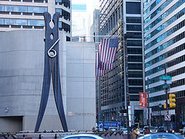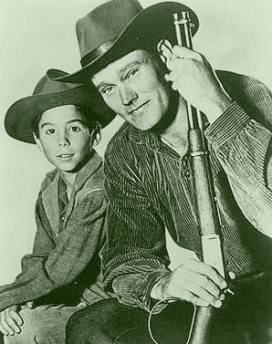In Herman Melville's classic novel, a Sperm whale called Moby Dick is portrayed as an evil monster which sinks ships and kills sailors. This is the reputation these whales have gotten throughout the years, perhaps because of their large size and huge teeth.
We now know that Sperm whales are not dangerous to people. They do not break ships apart and swallow sailors whole. In fact, we know a lot about what Sperm whales don't do--but not very much else.
Sperm whales are the largest toothed whales on the planet, and perhaps the most abundant of the great whales, but we rarely get to study them because they spend so much time underwater. Sperm whales are deep divers, holding their breath and diving thousands of feet down to feed on deep sea squid and fish. They spend 90% of their lives down deep where they can't be seen. Only rarely do these energetic animals take a break and rest at the surface.
Blue whale - A blue whale spouts at sunset. The blow, or spout, of a blue whale goes straight up and can reach 30 feet into the air. The blue whale is the largest animal ever to live on earth. Blue whale blows, emitted from a blue whale's twin blowholes as it breathes at the ocean's surface, can reach 30' into the air and can be seen and heard for miles.
It is also the loudest animal on Earth. These enormous mammals eat tiny organisms, like plankton and krill, which they sieve through baleen. They live in pods (small groups). These gray-blue whales have 2 blowholes and a 2-14 inch (5-30 cm) thick layer of blubber. Blue whales are rorqual whales, whales that have pleated throat grooves that allow their throat to expand during the huge intake of water during filter feeding. Blue whales have 50-70 throat grooves that run from the throat to mid-body. Here is a picture os a blue whale.
Here is a picture comparing the Blue Whale to other animals.
-----------------------------------------------------------------------------------------------------------------
Right whales are so named because they were considered the “right” whale to hunt. Weighing in at over 60 tons, they yielded a great deal of oil for commercial whalers. Additionally, their relatively slow speed, their tendency to feed at the surface, combined with the fact that they float after being killed, made them a prized target for the whalers leaving the ports in Provincetown, New Bedford, and Nantucket, among others. Here is a picture of a Right Whale.
------------------------------------------------------------------------------------------------------------------------Whalers can tell different whales by their spouts.
A sperm spout leans back a bit.
A blue spout is straight up and tall.
A right spout splits into two. Links for more info:
- the Sperm whale (a Toothed Whale)
- the Beluga whale (a Toothed Whale)
- the Blue whale (a Rorqual Whale)
- the Right Whale (a Baleen Whale)











No comments:
Post a Comment